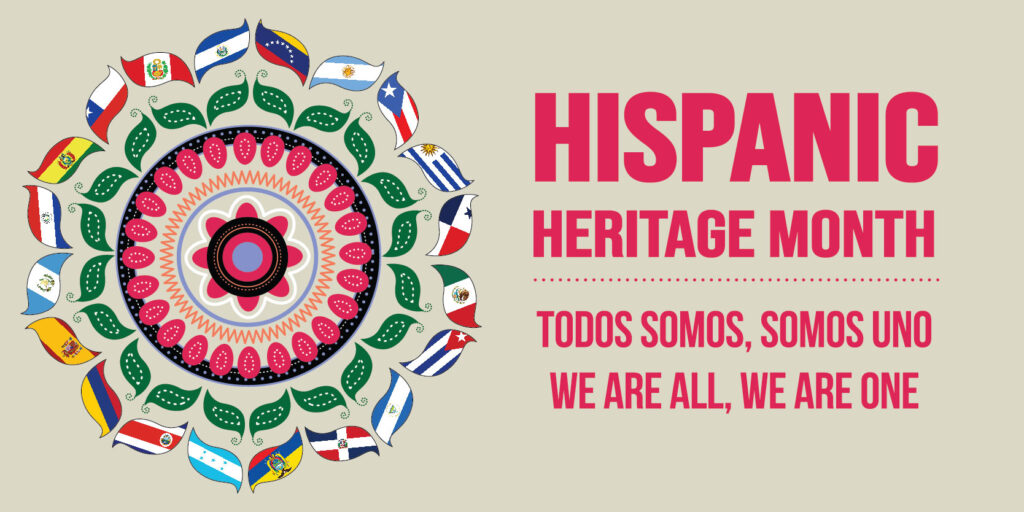Maybe you first heard about National Hispanic Heritage Month from a friend or scrolled across an informational video about it on TikTok. You’re familiar with the cultural celebration, but if you’re interested in learning more about the history and current significance of Hispanic Heritage Month, educating yourself is a great place to start. After all, recognizing the contributions made by different groups of people is an important first step to creating a society built on mutual respect and admiration for different races, ethnicities, religions, and mor
Ahead, these 13 facts about National Hispanic Heritage Month will deepen your knowledge and appreciation of this month-long celebration:
1. National Hispanic Heritage Month begins on September 15 and ends on October 15.
It may seem odd that National Hispanic Heritage Month actually begins in the middle of one month and ends in the middle of another, but these dates hold historical significance. September 15 is the national Independence Day for many Latin American countries, including Guatemala, El Salvador, Honduras, Nicaragua, and Costa Rica. Mexico’s national Independence Day follows on the 16th, while Chile’s occurs on the 18th, and Belize’s is on the 21st.
2. But first, it began as a week-long celebration in 1968.
California Congressman George E. Brown first introduced Hispanic Heritage Week to commemorate the contributions of Hispanic and Latino Americans in June 1968, according to History.com. On September 17, 1968, President Lyndon B. Johnson signed Proclamation 3869, officially creating Hispanic Heritage Week.
3. In 1987, U.S. Representative Esteban E. Torres of California proposed expanding the week-long observance to a month.
He wanted more time to allow the nation to “properly observe and coordinate events and activities to celebrate Hispanic culture and achievement.”
4. President George H.W. Bush was the first president to declare the 31-day period from September 15 to October 15 as National Hispanic Heritage Month.
He was also a sponsor of the original 1968 Hispanic Heritage Week resolution while serving in the House of Representatives.
5. The U.S. Hispanic population is currently estimated to be 63.7 million.
Hispanic-identifying people make up the nation’s largest racial or ethnic minority at 19.1 percent as of July 2022, according to the United States Census Bureau. Four out of five Latinos (81 percent) are U.S. citizens as of 2021, per Pew Research Center. This includes people born in the U.S. and its territories (including Puerto Rico), those born abroad to American parents, and immigrants who have become naturalized citizens.
6. Americans of Mexican origin make up the majority of the nation’s overall Hispanic population.
In 2021, individuals of Mexican descent accounted for nearly 60 percent (about 37.2 million people) of the total Hispanic population in the U.S, according to Pew Research Center.
7. The second largest group are Americans of Puerto Rican origin with 5.8 million people.
Another 3.1 million people live in Puerto Rico as of 2021, according to Pew Research Center.
8. Six other Hispanic origin groups in the U.S. each have a population of 1 million or more.
These include Americans with origins in Cuba, El Salvador, Dominican Republic, Guatemala, Colombia, and Honduras, per Pew Research Center.
9. Hispanic Heritage Month is celebrated nationwide through festivals, parades, art shows, conferences, community gatherings, and more.
Anyone interested in celebrating National Hispanic Heritage Month can check their local government’s websites for events. And on a more personal level, individuals can always show their appreciation for Hispanic and Latino Americans by reading books by authors of Hispanic or Latino origin and watching movies about Hispanic and Latino culture.

